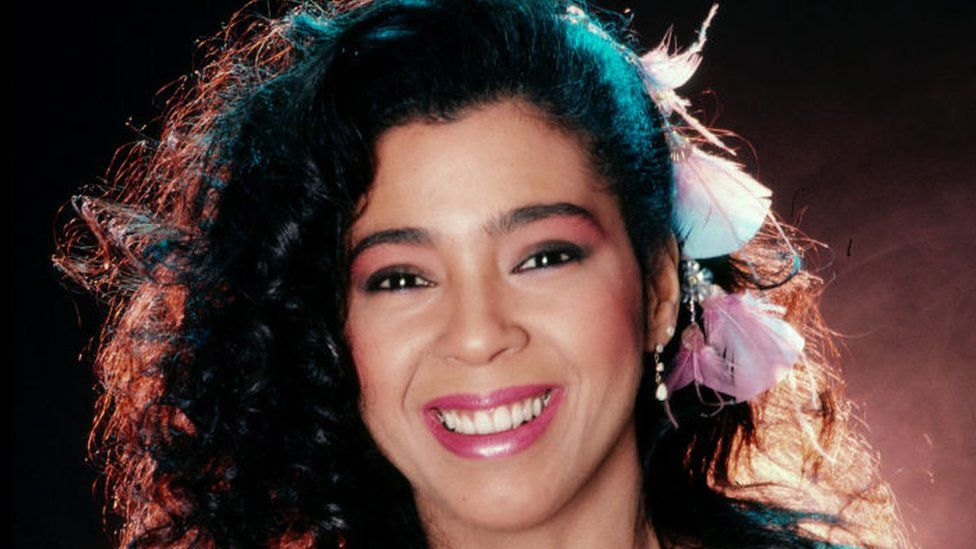|
|
HARVARD ART MUSEUMS. AL FAYUM PORTRAITS
August 27, 2022–December 30, 2022, University Research Gallery, Harvard Art Museums
Come face to face with portraits of Egyptians who lived during the Roman period and discover what role these images played in funerary rituals as well as what modern technical study can reveal about ancient artistic practices.
Featuring several painted portrait panels, sculptural portraits, and a linen burial shroud, this tightly focused exhibition asks visitors to reflect upon objects that represent the deceased and were once intimately connected with their bodies.
The exact findspots and details of the excavation
and dismantling of these objects were not recorded; and while the portraits
present seemingly familiar faces, we can never fully know the people behind
them. So what more can we learn from the objects themselves?
The exhibition foregrounds scientific analysis and technical research conducted by staff in the Harvard Art Museums’ Straus Center for Conservation and Technical Studies.
Their work, part of an international research project, helps illuminate how ancient artists created these painted and plaster faces.
In-gallery displays of technical images of the objects, samples of artists’ materials such as pigments and binding media, and a sequence of panels illustrating painting techniques provide further context. In recovering the artistic processes, the complicated histories of these objects have also come into view.
The individuals depicted in these portraits lived in the first three centuries CE, when Egypt was a province of the Roman empire, and their burial treatments attest to the multicultural nature of that era. Their bodies were mummified in the Egyptian tradition, but their portraits appear in a Graeco-Roman style.
They wore clothes, jewelry, and hairstyles that
were popular in Rome, while also participating in Egyptian religious
institutions. The funerary traditions represented by the objects in this
exhibition were elaborate and expensive, privileges of an elite class who could
choose how their bodies were treated in death.
We invite visitors to face forward as they
explore this exhibition: to engage with the ancient subjects on an equal
footing, consider the problematic practices that led to the removal of these
objects from their original contexts, and imagine what questions the works and
the individuals depicted might generate in the future.
Organized by Susanne Ebbinghaus, George M.A. Hanfmann Curator of Ancient Art and head of the Division of Asian and Mediterranean Art; Georgina Rayner, associate conservation scientist; Kate Smith, conservator of paintings and head of the paintings lab; and Jen Thum, assistant director of academic engagement and assistant research curator.
Support for this exhibition is provided by the Kelekian Fund, the
Christopher and Jean Angell Charitable Fund, and the Kornfeld Foundation
(through Christopher Angell). Related programming is supported by the M. Victor
Leventritt Lecture Series Endowment Fund.
Online Resources
An online digital companion offers insights into the world of the
people depicted in the portraits in the exhibition and the artists who painted
them. The featured essays, written by specialists at Harvard and elsewhere,
investigate the making, meaning, and modern history of these funerary objects.
Research is ongoing, and the tool will be updated as new information arises.
Visit the Getty Center’s website to learn more about the research
behind this exhibition, part of an international collaborative effort called
the APPEAR (Ancient Panel Paintings: Examination, Analysis, and Research)
Project.
Materials Lab
Workshop: Making Faces
This workshop accompanies the exhibition Funerary Portraits from
Roman Egypt: Facing Forward, which invites viewers to ask more about the
complicated histories of these portraits and the people they depict. The
exhibition explores what can be learned about the artistic process and current
condition of these works through scientific analysis and technical research
conducted by staff in the Harvard...
Hours: 10:00am - 1:00pm
Date: December 4, 2022
Gallery Talk:
Funerary Portraits from Roman Egypt
Funerary Portraits from Roman Egypt: Facing Forward is a
team-curated exhibition that brings together art history, Egyptology, and
conservation science to illuminate artists’ processes and the life stories of
the people depicted in funerary portraits. Join two exhibition curators as they
describe what can be learned when close looking, scientific analysis, and
community collaboration combine. Our...
https://harvardartmuseums.org/exhibitions/6194/funerary-portraits-from-roman-egypt-facing-forward



No hay comentarios:
Publicar un comentario